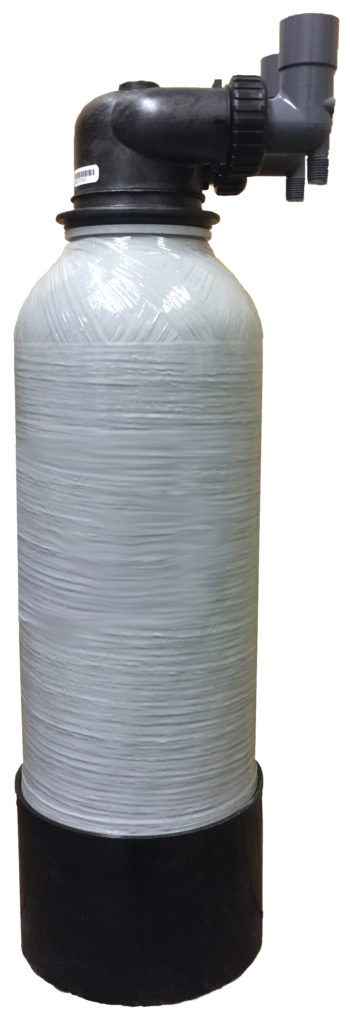Arsenic is a naturally occurring element found primarily in rocks, soil, water, and plants across the United States. One path of arsenic exposure is through your drinking water (ingestion). Chronic arsenic exposure can cause serious health effects.
Factors that Impact Treatment:
Before you determine what treatment option to use it is important to consider the water chemistry and all contaminants of concern for your water in addition to the advantages and disadvantages of each treatment option.
Type of Arsenic: There are two types of arsenic: arsenic 3 and arsenic 5. Arsenic 3 is more toxic, harder to treat, and more likely present in a well as it ages. Because of this, it’s recommended that you use pretreatment oxidation method to effectively remove all types of arsenic.
Groundwater Chemistry: Performing additional water tests in addition to arsenic can help you understand if there are other contaminants or factors present that may decrease the effectiveness of certain treatment systems. It is important to test, and do continued testing because groundwater chemistry is specific to your well and can change over time.
The presence of competing ions (iron, manganese, etc.), chloride, pH, total organic carbon, and total dissolved solids in the water are all factors that can impact the effectiveness of treatment.
Types of Treatment Systems:
There are two common types of water treatment systems that can be installed to make your water safer to drink.
Point-Of-Use (POU) systems treat water from a single tap. Single-tap systems are installed at a dedicated faucet, often in the kitchen, to treat only the water used for drinking and cooking – usually a few gallons per day. When POU treatment is used, all water for ingestion including, but not limited to, cooking, drinking, and ice-making, should be obtained from this tap.
Point-Of-Entry (POE) systems treat all of the water that enters a home. Whole-house systems typically treat 250 gallons or more per day. Whole-house treatment for arsenic is not strictly necessary because arsenic is not readily absorbed through the skin. However, POE systems may be the desired option if other contaminants of concern are present.
Pre and Post Treatment:
Pre or post treatment may be needed to effectively protect your health, increase effectiveness of treatment, and reduce your maintenance costs.
Pretreatment is a step in the treatment process before your main treatment system. For arsenic, pretreatment usually involves oxidation (the moving of electrons) to convert arsenic 3 to arsenic 5 – the form that is easier to treat. Several treatment systems only remove arsenic 5 or only a small portion of arsenic 3. As a result, TWQ often recommends using pretreatment for your water to ensure all arsenic is being removed.




